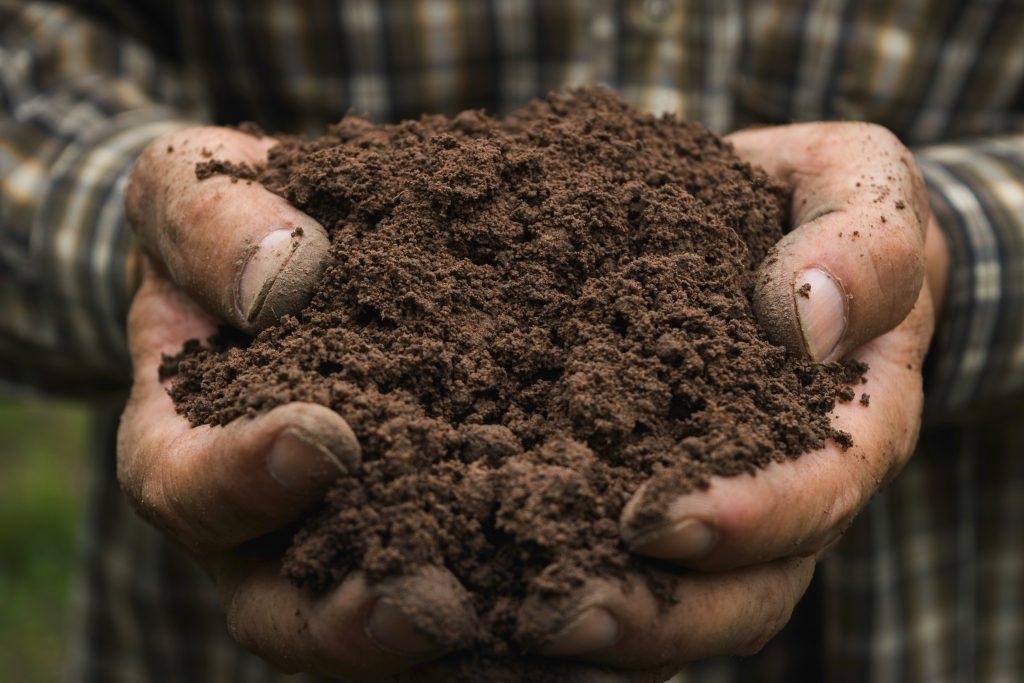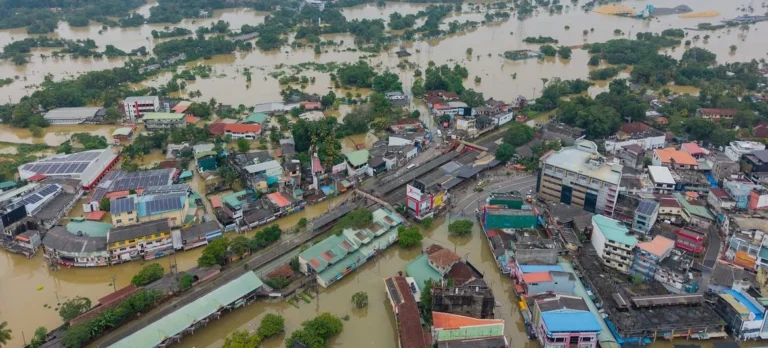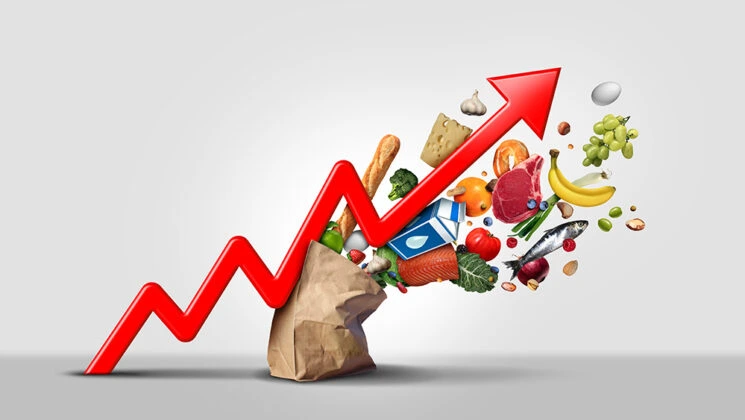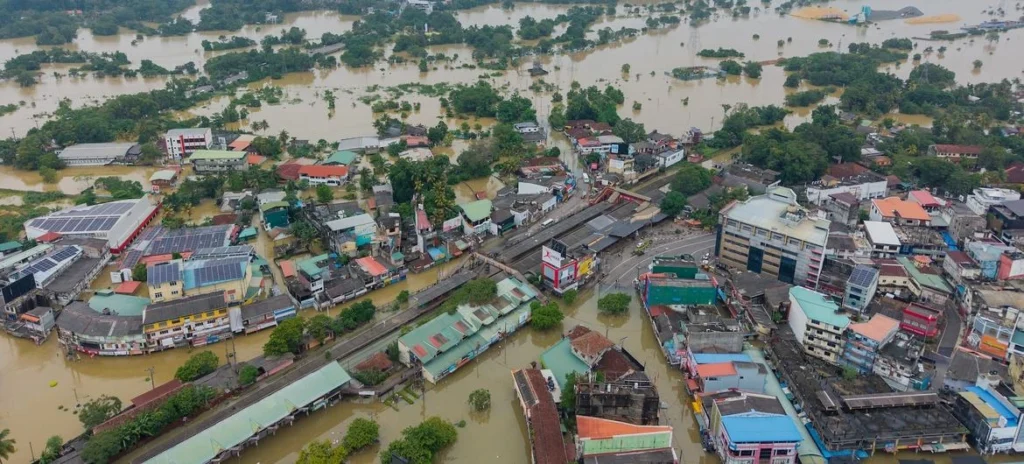Sri Lanka’s identity has always been deeply tied to the land. From the terraced paddy fields of the hill country to the irrigation marvels of ancient kingdoms, agriculture was once the soul of the nation’s economy, culture, and daily life. Today, as Sri Lanka faces economic uncertainty, climate challenges, and a growing food security crisis, it’s time to reimagine that relationship—not by abandoning tradition, but by integrating it with modern technology and sustainable practices.
The Agriculture Sector: A Sleeping Giant
Despite employing nearly 25% of the workforce, agriculture contributes less than 8% to Sri Lanka’s GDP. Why the disconnect? Low productivity, outdated methods, lack of access to innovation, and insufficient investment in R&D are just a few reasons.
But agriculture holds immense potential. If modernised thoughtfully, it can boost rural incomes, reduce import dependence, empower youth and women, and contribute meaningfully to national recovery.
Ancient Wisdom: The Roots of Resilience
Before we talk drones and data, we must remember that Sri Lanka’s ancient farmers were environmental engineers. They designed “tank cascade systems”, practiced crop rotation, and built a deep spiritual respect for the earth.
Key traditional methods worth preserving include:
- Organic composting instead of synthetic fertilizers
- Intercropping and polyculture that maintained biodiversity
- Seasonal water management systems based on centuries of climate knowledge
- Respect for lunar cycles when planting and harvesting
These aren’t just “old” methods—they’re sustainable blueprints.
The Need for Modernisation: The Clock is Ticking
With erratic rainfall, rising temperatures, and reduced arable land, traditional farming alone can no longer feed a growing population or support export goals. Sri Lanka must modernise to survive.
Why Modern Agriculture is Critical Now:
- Climate-Smart Solutions: Precision agriculture tools can reduce water usage, predict pest outbreaks, and help farmers adapt to changing weather patterns.
- Higher Yields, Less Waste: Smart irrigation, high-efficiency seeds, and controlled-environment farming (like greenhouses) can increase crop output significantly.
- Market Connectivity: Mobile apps, digital marketplaces, and blockchain traceability systems help farmers reach markets directly, ensuring fair prices and reducing middlemen.
- Youth Engagement: Modernisation attracts the younger generation, who often leave rural life due to lack of opportunity. Agri-tech, vertical farming, and agribusiness are career paths with global appeal.
Success Stories: Where Modern Meets Traditional
Across Sri Lanka, small-scale pilots are showing what’s possible.
- In Kurunegala, a group of rice farmers using drone surveillance and real-time soil monitoring reported a 30% reduction in water use and a 20% yield increase.
- In Hambantota, a youth-led cooperative blends organic methods with e-commerce, selling herbal produce locally and to the diaspora online.
- In Matale, a turmeric and pepper farming community preserved indigenous seed varieties while adopting drip irrigation to survive droughts.
These stories prove that modernisation isn’t about erasing the past—it’s about building on it.
The Human Side: Why It Matters to Every Sri Lankan
This transformation isn’t just about policy. It’s about people.
For the farmer:
Modern tools mean fewer hours in the sun, less physical hardship, and more income predictability. They also allow women to participate more actively in agriculture without the same physical burden.
For the consumer:
Smart farming ensures safer, chemical-free food, better nutritional value, and more trust in local produce. In a time of global supply chain shocks, local resilience matters.
For the youth:
Modernised agriculture offers a purpose-driven alternative to urban migration. With tech and sustainability at the core, farming can become a respected, profitable profession again.
Barriers to Change: What’s Holding Us Back?
Despite the potential, several challenges must be addressed:
- Limited access to credit and technology for small farmers
- Inadequate rural infrastructure (roads, storage, market access)
- Resistance to change from communities used to generational practices
- Gaps in policy alignment between agriculture, environment, and education sectors
Sri Lanka needs bold leadership to integrate these domains under one vision.
What Must Be Done: A Balanced Way Forward
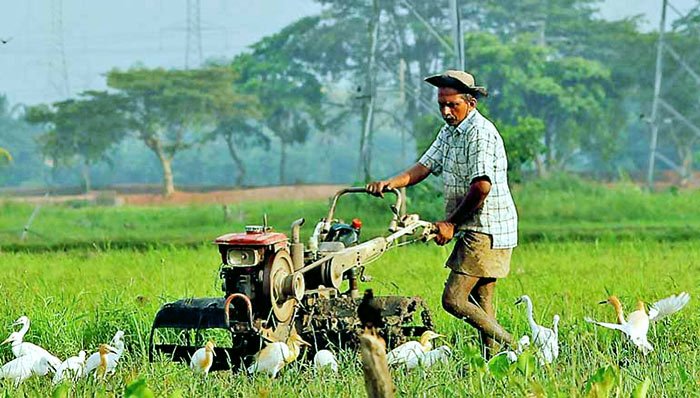
1. Promote Public-Private Partnerships
Encourage tech companies, universities, and private investors to collaborate with rural cooperatives.
2. Upskill Farmers
Launch district-level training programs that blend ancient knowledge with modern techniques. Think of it as “farming 2.0.”
3. Create Incentives for Sustainable Practices
Subsidise organic inputs, smart irrigation systems, and solar-powered machinery.
4. Protect Indigenous Knowledge
Establish seed banks, fund research on traditional crops, and provide legal protection for farmers’ intellectual property.
5. Policy Reform
Modernise outdated agri policies. Empower local government bodies to support innovation at the grassroots.
The Role of Citizens and Consumers
As Sri Lankans, we must also shift our mindset:
- Support local produce, even if it costs slightly more.
- Educate ourselves about where our food comes from.
- Encourage young people to view agriculture as an innovative sector, not a fallback option.
Conclusion: From Past to Future, With Purpose
Sri Lanka is standing at a crossroad. One path leads to stagnation, continued rural poverty, and food insecurity. The other leads to a revival of agriculture that is smart, sustainable, and rooted in the wisdom of the past.
We don’t need to choose between ancient and modern. We can honour the practices of our ancestors by adapting them to a changing world. In doing so, we not only secure our food systems—we revive a proud part of our national identity.
The time to sow the seeds of transformation is now.

